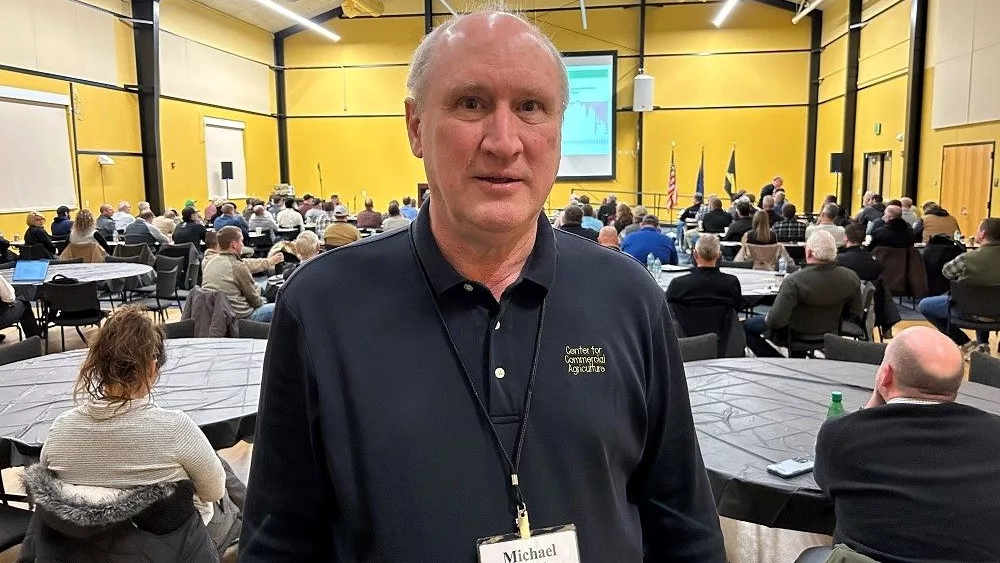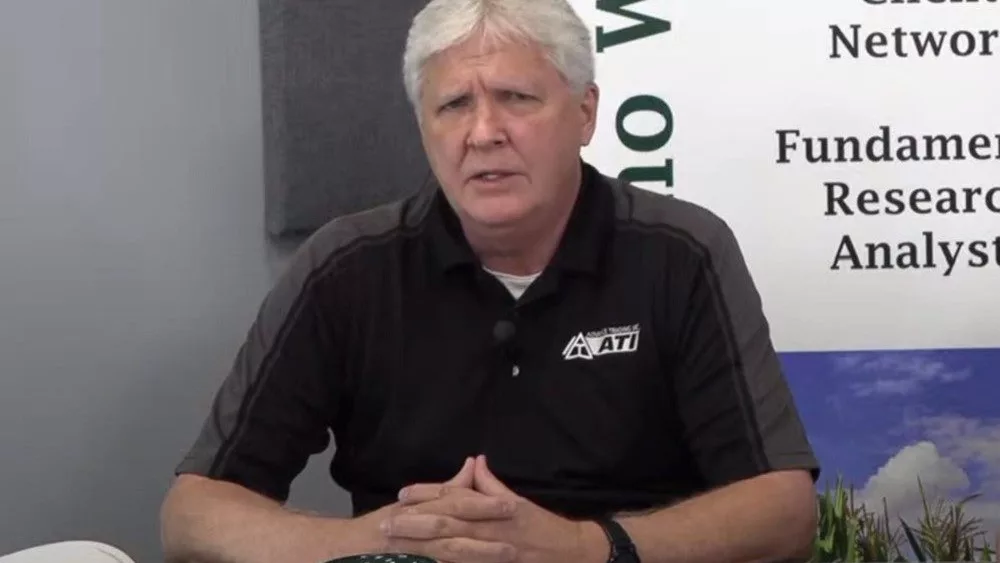At Friday’s Purdue Top Farmer Conference there were presentations on the political landscape with the new Congress in DC, AI and new technology. But always lurking for farmers is the challenge of turning a profit. (AE says that will be difficult in 2025.)
“The prospects right now do not look very good,” says Michael Langemeier, Director at the Purdue Center for Commercial Agriculture, which hosts the conference each year. He says the ag economy barometer says it all. For months it has highlighted high input costs and low commodity prices.
“We’re living with the high input costs that we’ve had the last 3 years,” he said. “It just seems to stay up there, and so the break-even prices are substantially higher than what they were in 2021 and before that, and so along with that we’ve got relatively low corn and soybean prices and so it’s a classic case where the earnings are negative, or the economic profit is negative, or the break-even prices are higher than the price. That’s probably going to continue through at least ’25, perhaps into ‘26.”
Purdue’s breakeven price on high-productivity soil in Indiana is $4.90.
“We recently redid the budget and that’s much higher than the current corn price and particularly higher than the fall Futures prices for 2025. “The soybeans is not any better. The break-even price is about $11.50, which of course is substantially above where current soybean prices are and where the projections are for next fall.”
Langemeier says farmers also had to manage through tight margins in the 2014-2019 period. The 2024-25 period might be worse. So, how do you manage through this time period?
“First try to preserve your working capital. Be very cautious in terms of spending that liquidity,” he told HAT. “We’ve improved our liquidity particularly with the high incomes in 21 and 22. Just be very cautious what you spend that on, and that leads me to the second thing. Be very cautious in asset purchases. Farmers usually do that when incomes are lower. They tend to not buy as much machinery, not build as many buildings, and not be quite as agressive with their cash rent.”
In other words, tighten up and buckle up.





